At 67% complete, Snowy Hydro believes material cost pressures mean now is the time to oversee FGJV as it carries out the cost reassessment which is expected to take up to nine months to complete.
Independent construction cost experts have been engaged to verify the principal contractor’s reassessment.
Snowy Hydro CEO Dennis Barnes said Snowy 2.0 has made good progress since the 2023 project reset. Delivery rates have almost doubled in the past two years, with the average monthly progress of 0.57 % increasing to 0.91%, and August 2025 hitting 0.98% delivery.
This is despite pressures that reflect cost and productivity challenges currently being experienced across countless major infrastructure projects.
“Since the reset, the project has generally been progressing well and is now 67% complete,” said Mr Barnes.
“Despite disruption, including work stoppages due to safety concerns and continuing challenges with geology, we’ve been able to recover that time and get us to where we need to be in terms of schedule.”
“The reset was about getting Snowy 2.0 moving again by creating a more collaborative relationship with the principal contractor and achieving safe progress. We’ve done both, but the productivity uplift hasn’t been to the degree we needed.”
Some of the most significant sources of cost pressure for Snowy 2.0 since the reset include:
- Costs associated with contractor productivity targets not realised: While the 2023 reset succeeded in substantially increasing productivity, there remain challenges. This is due to a combination of factors, including delays from TBM stoppages in 2024, work stoppages associated with safety concerns and general productivity underperformance. Our reassessment will examine past productivity performance and our future productivity requirements.
- Costs of de-risking challenging geology no longer being able to be absorbed: A fourth TBM will be used to derisk challenging geological conditions through the Long Plain Fault Zone and help protect the project’s schedule. The initial assessment was that the cost to purchase, deploy and operate would be covered within the project costs, however cost pressures have meant this is no longer possible.
- Supply chain cost increases: Our contractor has identified unforeseen supply chain cost increases to significant, bespoke procurement, including major offshore purchases associated with Snowy 2.0’s underground power station.
Mr Barnes said while the need to reassess Snowy 2.0’s cost is disappointing, the critical importance of the project to electricity users across the network has not changed.
“Snowy 2.0 will be a cornerstone of Australia’s transition to renewable energy, providing more than half of the long-duration storage the grid needs by 2050.”
“It will enable the introduction of more wind and solar by acting like a giant battery, storing and delivering enough excess energy to power around 3 million homes for a week.”
“Snowy 2.0 is being built to operate for 150 years. It is as important to Australia now as the original Snowy Scheme was decades ago.”
“Like the original scheme, which still helps underpin electricity reliability today, the benefits of Snowy 2.0 will be felt for generations.”

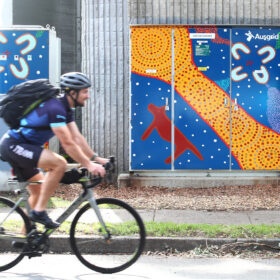
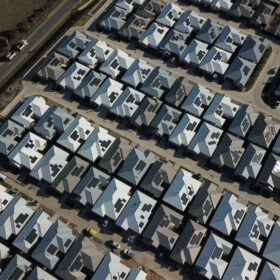
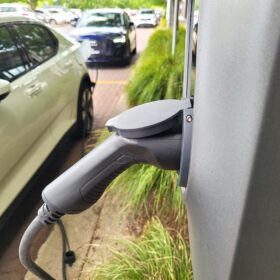
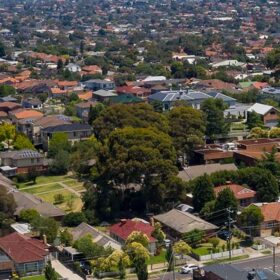
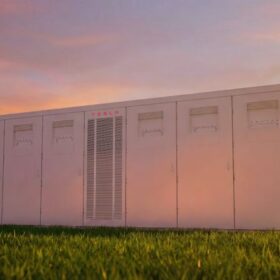
By submitting this form you agree to pv magazine using your data for the purposes of publishing your comment.
Your personal data will only be disclosed or otherwise transmitted to third parties for the purposes of spam filtering or if this is necessary for technical maintenance of the website. Any other transfer to third parties will not take place unless this is justified on the basis of applicable data protection regulations or if pv magazine is legally obliged to do so.
You may revoke this consent at any time with effect for the future, in which case your personal data will be deleted immediately. Otherwise, your data will be deleted if pv magazine has processed your request or the purpose of data storage is fulfilled.
Further information on data privacy can be found in our Data Protection Policy.